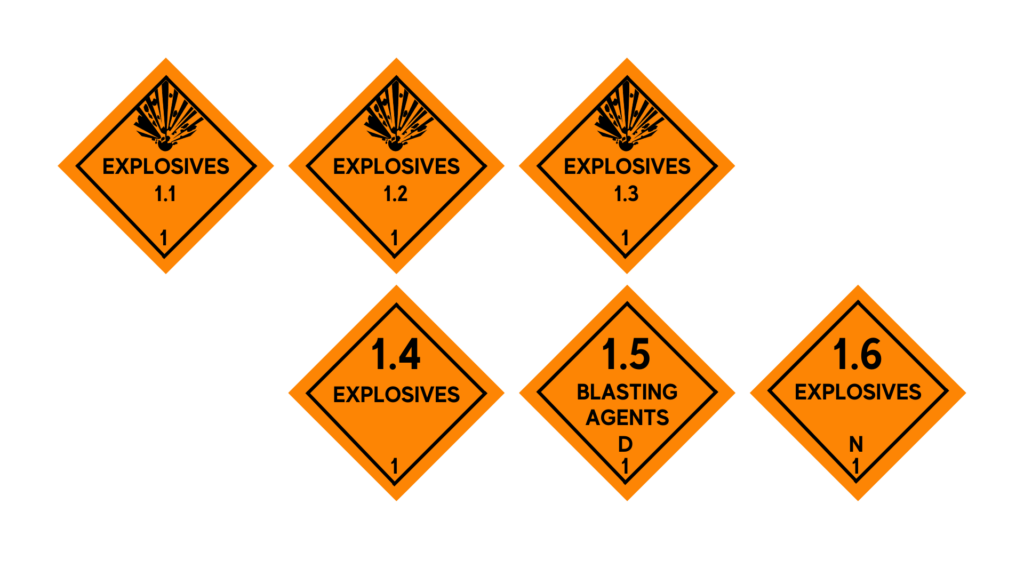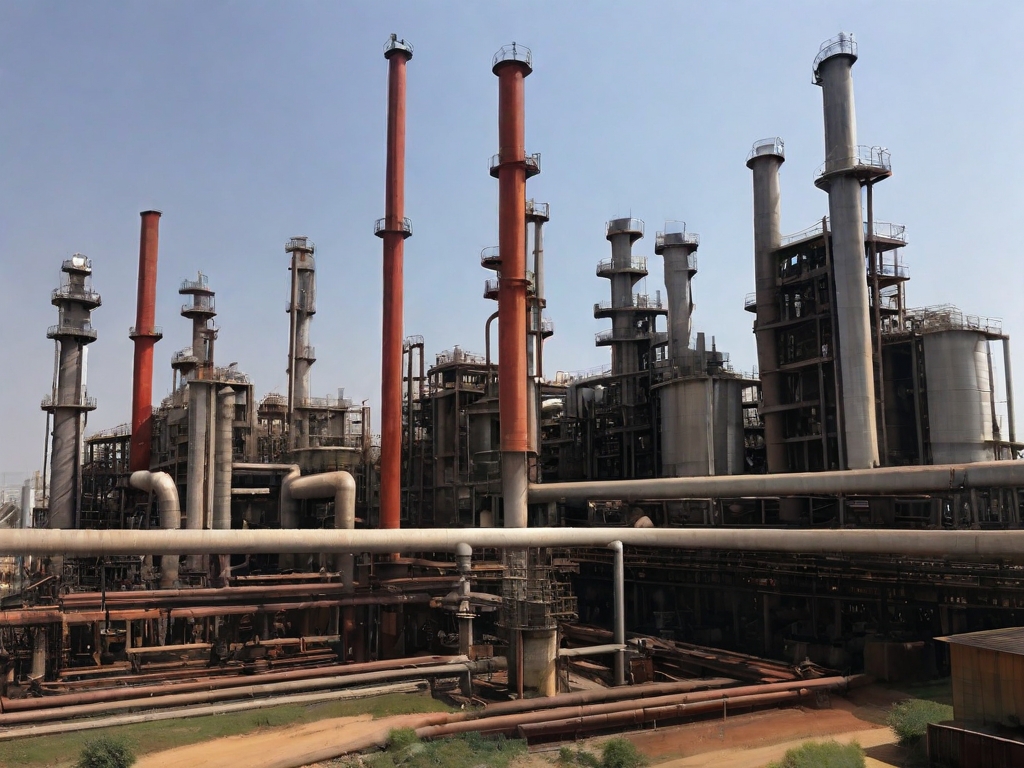At the Intrinsically Safe Store, your one-stop-shop for all your safety equipment needs, we’re dedicated to providing you with the most accurate and up-to-date information on safety equipment requirements. In this article, we will compare the safety equipment requirements for C1D1 and C1D2 locations. We invite you to visit our website for more information.
Understanding Class 1 Divisions
Before we delve into the comparison, it’s crucial to understand what Class 1 Divisions mean. The National Electric Code (NEC) classifies hazardous locations into Classes, Divisions, and Groups based on the nature and degree of the risk. Class 1 locations are areas where flammable gases or vapors are or may be present in the air in quantities sufficient to produce explosive or ignitable mixtures.
Class 1 Division 1
C1D1 locations are areas where hazardous conditions are continuously present or likely to exist under normal operating conditions. These areas require the highest level of protection.
Class 1 Division 2
Class 1 Division 2 (C1D2) locations, on the other hand, are areas where hazardous conditions are not likely to exist under normal operating conditions or where hazards are handled in a way that they are normally confined within closed containers or closed systems and will only escape through accidental rupture or breakdown.

Comparison of Safety Equipment Requirements
Now that we understand the classifications, let’s compare the safety equipment requirements for C1D1 and C1D2.
Equipment Enclosure
In C1D1 locations, we must enclose equipment in explosion-proof enclosures. Designers engineer these enclosures to contain an internal explosion without causing an external hazard. Conversely, in C1D2 locations, we need to enclose equipment in dust-ignition proof or intrinsically safe enclosures.
Wiring Methods
For C1D1, wiring must be in threaded rigid metal conduit or threaded steel intermediate conduit. You must seal fittings within 18 inches of each enclosure. In C1D2, you can use any approved method for wiring, and you don’t need sealing fittings unless the conduit enters an enclosure.
Equipment Design
Designers must design equipment used in C1D1 locations to prevent the ignition of a mixture of flammable or combustible material. They can achieve this by limiting the energy, both electrical and thermal, to a level below that which can ignite the specific hazardous substance. In C1D2 locations, the equipment does not have to be intrinsically safe, but designers must design it to avoid arcing or sparking during normal operation.
Case Study: Intrinsically Safe Store Solutions
At the Intrinsically Safe Store, we offer a wide range of safety equipment designed for both C1D1 and C1D2 locations. For instance, our intrinsically safe smartphones and tablets are ATEX and IECEx certified for C1D1 and C1D2 locations, ensuring the highest level of safety and compliance.
Safety Equipment Requirements in C1D1 and C1D2 Locations
In conclusion, the safety equipment requirements for C1D1 and C1D2 locations differ significantly due to the varying degrees of risk. Understanding these requirements is crucial for ensuring safety and compliance in hazardous locations. At the Intrinsically Safe Store, we are committed to providing you with the most reliable and compliant safety equipment. For more information, please contact us.


